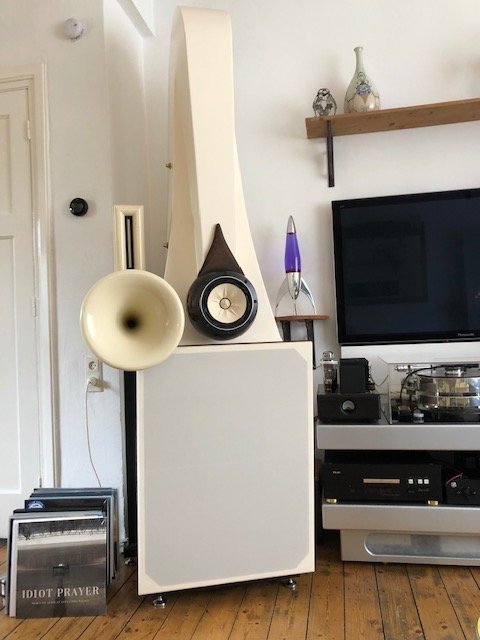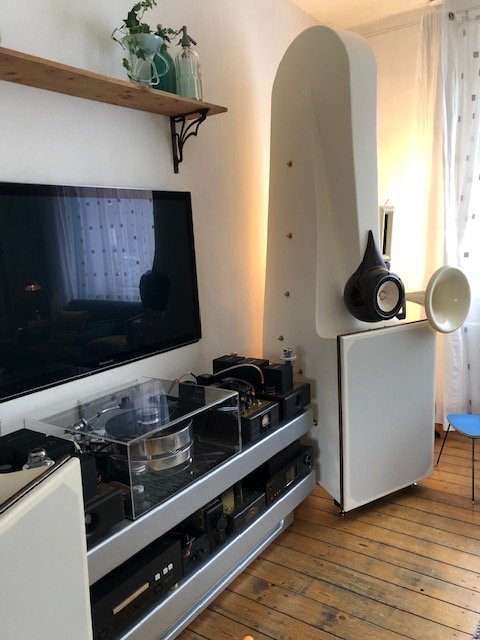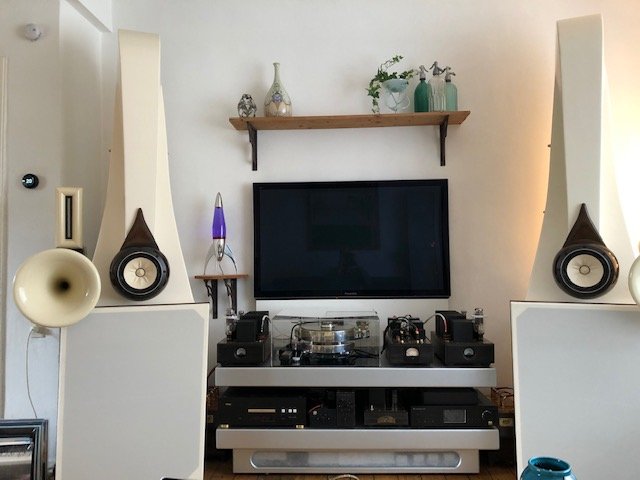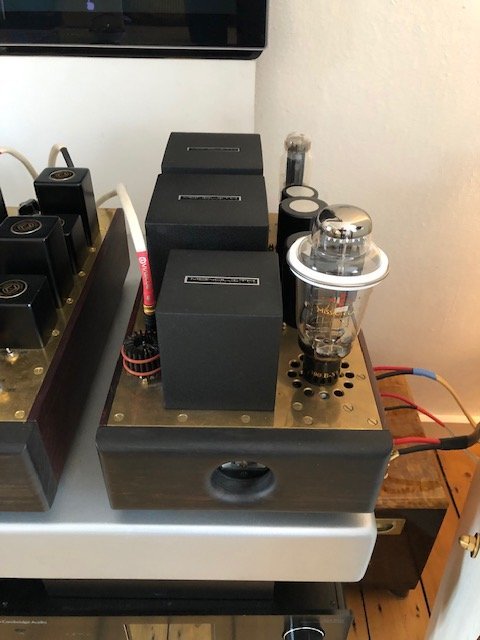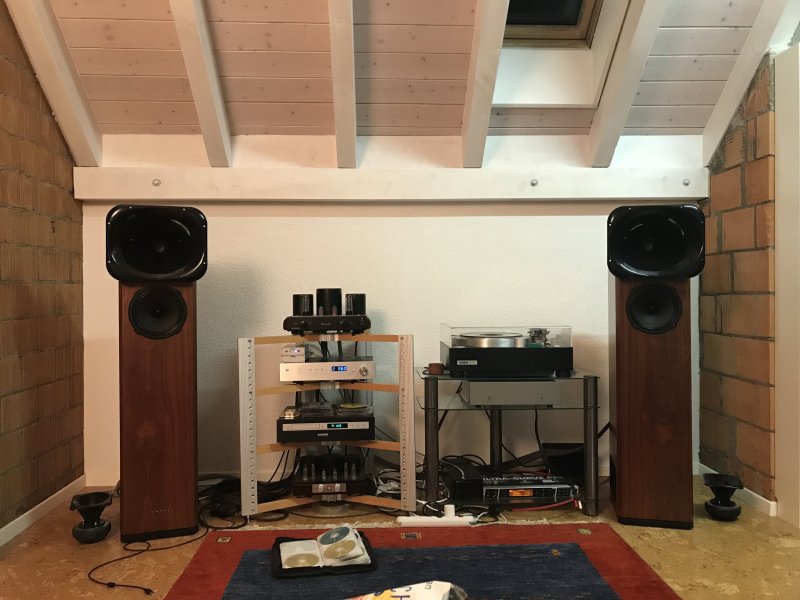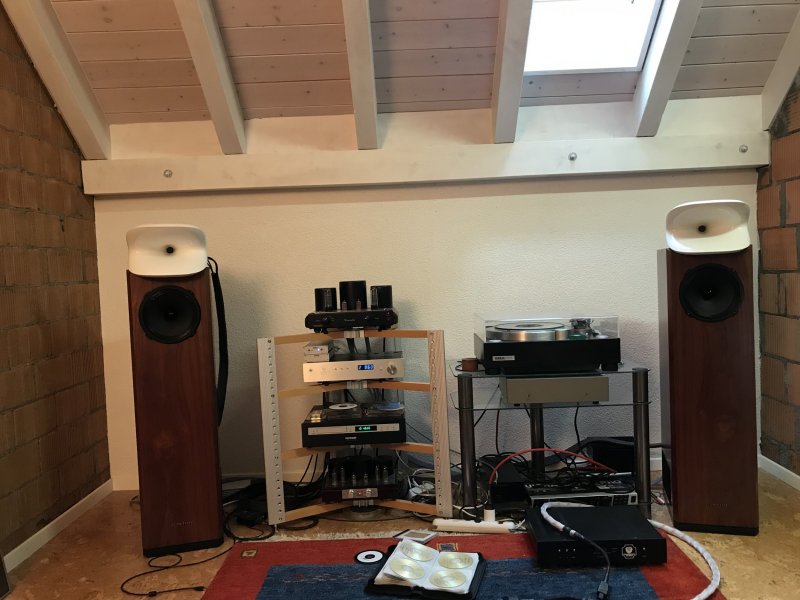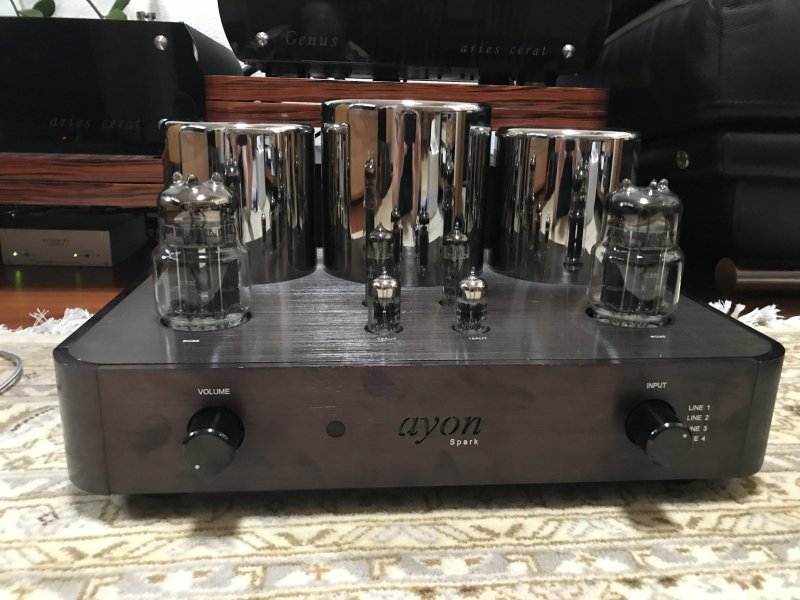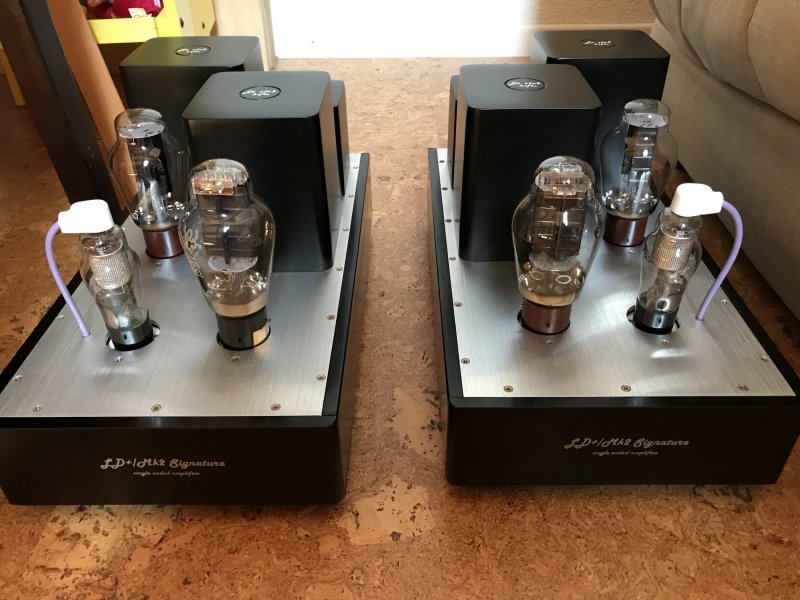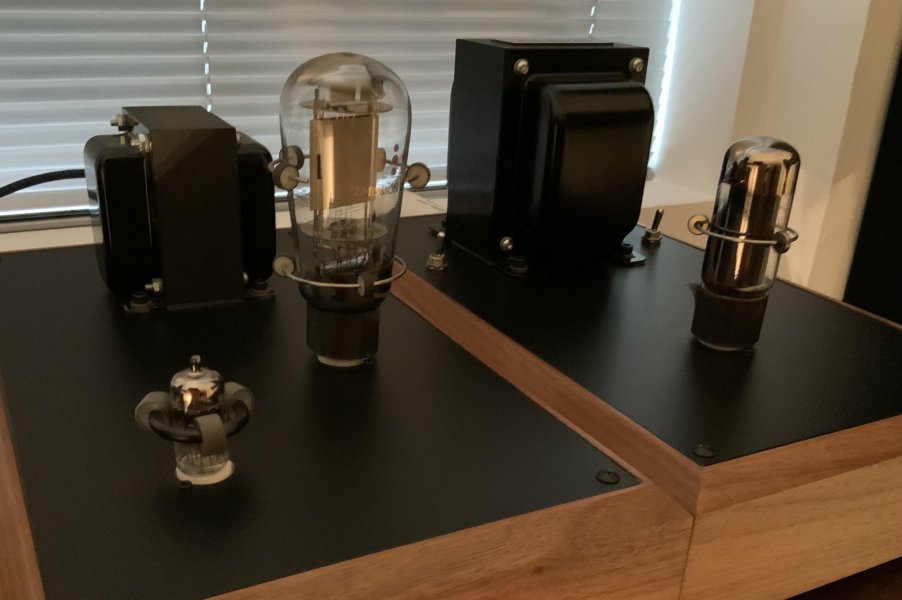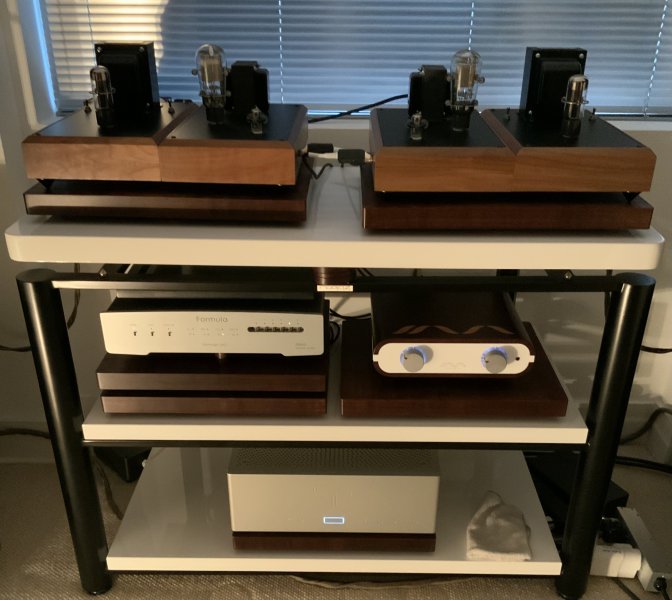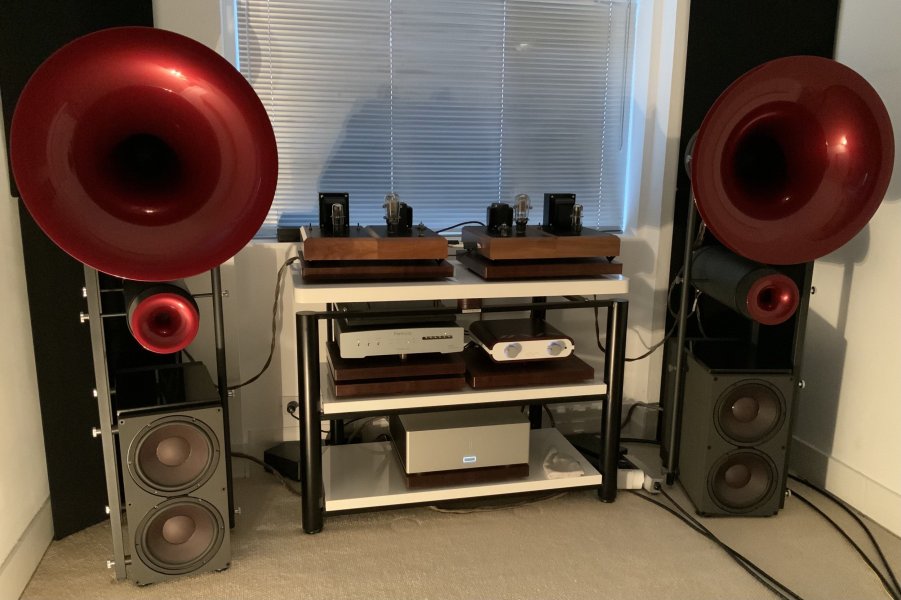Correct. I've played a bit with digital crossovers when I was trying a Lyngdorf TDAI-3400, but did not like the sound of the digital processing. I do use a miniDSP hd 2x4 on my sub units and it's really excellent (minus the low input impedance).
Also tough to bypass the passives in my speakers as I've got to get in there and cut wires just to try. Obviously this means my active crossover experience was sullied. Really just a way to remove the low frequencies from the 300b SET monoblocks I was also using at the time.
To your earlier points, it's definitely a head scratcher. As a non-engineer the only thing that pops to mind is to whether the top and bottom sections are different enough in impedance or efficiency that when running separated they are placing enough of a different draw on the individual amp supporting it vs. the combined draw of both, that something audible would be existent in one half when bi-amped. Seems unlikely to me but who knows. I'm not doubting your findings...merely interested to understand them a little more.
In most cases where I have bi-amped (or tri-amped), the sections were jumpered together from the factory so it was an easy back-forth to bi-amp or tri-amp then rejumper and retest. I had access to 3 identical stereo amps, and it was a decent step up in terms of transparency and perceived "ease" without a loss of cohesion. The combined costs of the 3 amps was over double the cost of the speakers, so I ultimately stuck with bi-amping (already owning the two identical amps) and returned the third to my friend without justifying the additional cost for only a modest gain over bi-amping. What was interesting is that I could hear a difference in which two parts of the 3-way I ran on the same amp vs. it's own, and so I ended up tweaking the sound that way.
I also currently use the MiniDSP to bi-amp my current open baffles and I think it works well (although I've only used them for bass). Its especially useful as I play around with different SET amps for the top sections that have different output levels from each other.








